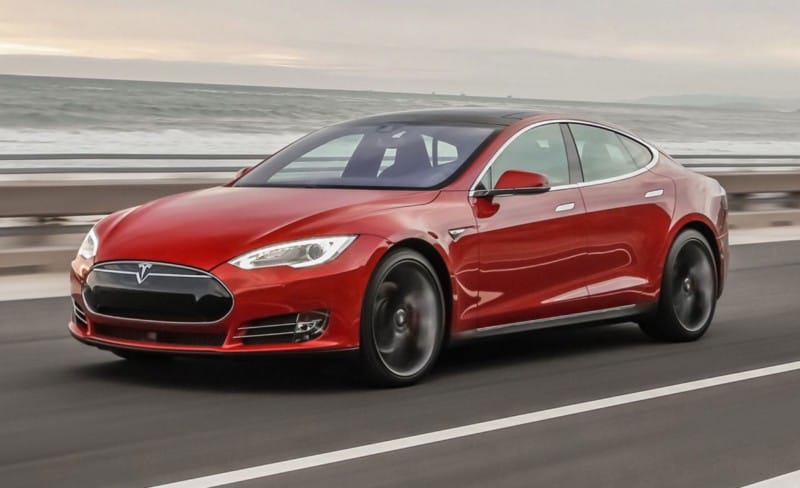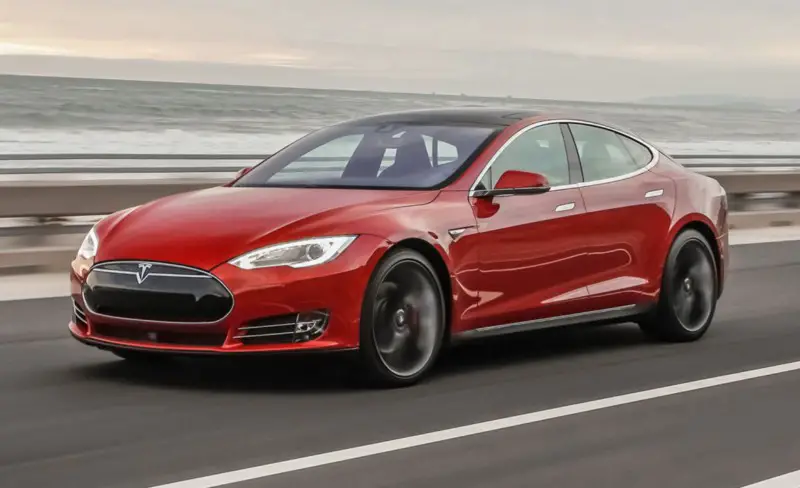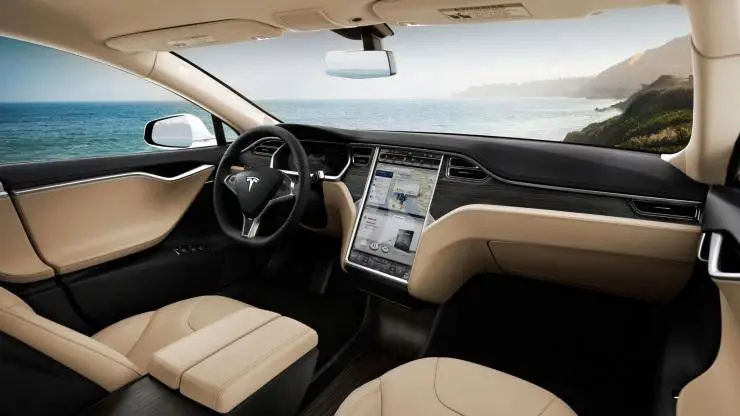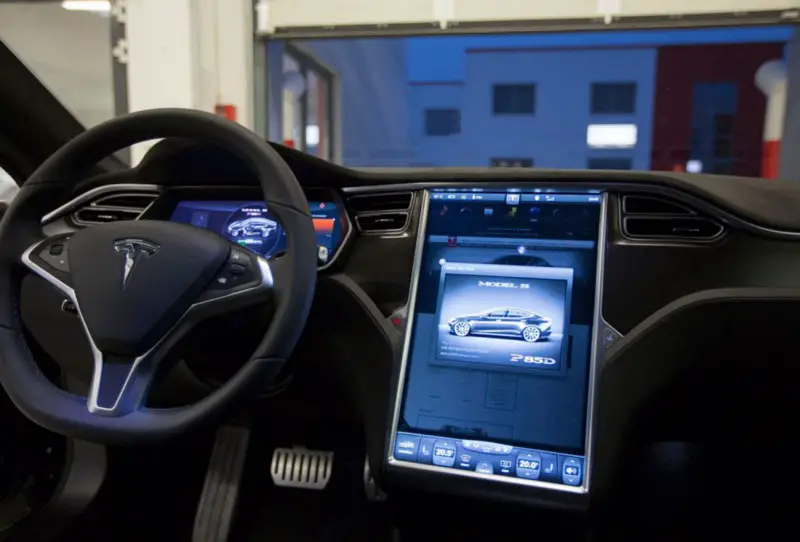Tesla Model S P85D
If the standard four-wheel-drive Tesla Model S 85D isn’t fast enough for you, Tesla has the answer in the shape of the P85D. The P stands…


If the standard four-wheel-drive Tesla Model S 85D isn’t fast enough for you, Tesla has the answer in the shape of the P85D. The P stands for Performance, and the main difference between the cars, aside from a £16,000 price hike, is the addition of a larger 470 bhp electric motor to the back axle, giving the P85D total power of 691 bhp.
The end result is a claimed 0–60 mph time of 3.1 seconds, which is fast enough to rival the likes of the Porsche 911 Turbo S and Lamborghini Huracán. And to help you achieve maximum acceleration, Tesla has given the car two driving modes that is thr Sport and Insane, with the latter delivering maximum power from a standstill

Its two electric motors makes a combined 463 horsepower, and the 17-inch touchscreen, twice upgraded by software updates, had learned to plot the necessary high-speed-charging breaks on long-distance routes. Those stops would be dictated by Tesla’s network of proprietary Superchargers. When you needed a quick jolt of electricity, that Supercharger could refill the battery at a rate roughly 10 times faster than that very first charge at 1585 Eisenhower Place.
The car has a four-wheel-drive system. Like the standard car, there’s no physical link between the two axles for torque distribution, but power is divided 32:68 front to rear, so there’s no problem with traction off the line. And because the Model S looks so unassuming, the acceleration can easily take unknowing passengers by surprise. As for the rest of the driving experience, the P85D is largely the same as the standard car, so while it’s rapid in a straight line, it feels rather heavy and inert in corners, with not much steering feedback and plenty of body roll.

Choose the Performance model, and in standard guise it looks identical to the 85D, save for red-painted brake calipers and a subtle P85D badge on the boot lid. This arguably makes it the ultimate Q-car, but Tesla does offer a number of sporty options.
We knew that Tesla was driving massive changes in a century-plus-old industry, but we’d soon be surprised to discover that the Model S was itself capable of change. Tesla now delivers a touting 691 horsepower from a car that would practically drive itself — just as soon as the engineers finished writing the software.The car with our 40-amp circuit, adding 22 miles of predicted range per hour of charging.
The EPA rates the P85D at 253 miles per charge while our own real-world range test extracted 206 miles during a 75-mph highway cruise. The exact number wasn’t as important as the fact that the Model S effortlessly covered our staff’s day-to-day demands with plenty of juice to spare. It wasn’t off-limits to staffers with long commutes, nor did we ever feel uneasy taking the car for a weekend, when charging was less convenient or assured. There’s good reason newer EVs are targeting the 200-mile threshold that Tesla cracked.




